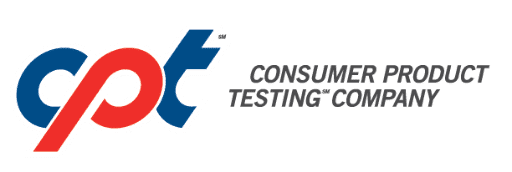There have been growing concerns over the increasing number of chemical contaminants being found in today’s drug products. A recent example was the discovery of benzene in aerosol OTC Sunscreen products, which resulted in high-profile product recalls in 2021. One might argue that chemical contaminants have always been present in drug products and that the ever-increasing sensitivity of analytical instrumentation now allows for their detection and quantitation.
This is part three of our three-part article on Drug Product Contaminants. Read part one here and part two here.
Supply Chain Contaminants
Many of the common raw materials which serve as drug product inactive ingredients (“excipients”) and processing aids have USP/NF Monographs which include testing requirements for either Elemental Impurities, Residual Solvents or both. Some Monographs also include purity tests that are specific to that material.
That being said, many other raw materials that are used in drug products are either not commercially available as USP/NF grade or are deliberately purchased as non-USP/NF grades since they are less expensive. In either case, testing should be conducted for Elemental Impurities and Residual Solvents to screen for potential chemical contaminants.
Additionally, if a non-USP/NF Grade material is purchased instead of the USP/NF grade, any ‘purity’ testing requirements which appear in the Monograph should be conducted on the non-USP/NF grade material being purchased.
Note: Often, the reason why a specific manufacturer’s raw material cannot be sold as USP/NF grade is because it fails to meet the purity requirements found in the Monograph for that material.)
Assembling a Complete Chemical Contaminant Profile
When assembling a profile of all chemical contaminants which might possibly be present in a packaged drug product, one must look to all sources as previously described in this article. This includes:
API Impurities
All chemical contaminants related exclusively to the API, its synthesis, processing and degradation.
Extractables & Leachables
All chemical contaminants related exclusively to plastic packaging systems, primary container labeling systems and starting in 2026, drug product processing equipment and components.
Supply Chain Contaminants
All chemical contaminants related exclusively to raw materials (other than APIs) and processing aids.
Testing For Chemical Contaminants in Packaged Drug Products
Once a complete Chemical Contaminant Profile has been assembled, packaged drug product batches that are suitably aged should be tested for the presence of the chemical contaminants listed in the profile for that product. Suitably aged product batches are those at the endpoint of accelerated stability conditioning or batch retention samples that have reached their expiration date.
Note: If Supply Chain chemical contaminants have been identified and either eliminated, mitigated or suitably controlled in any specific raw material, it may no longer be necessary to test for their presence in the packaged drug product.
CPT Can Assist with Your Assessment of Drug Product Chemical Contaminants in Two Very Important Ways
We can assist in assembling a complete Chemical Contaminant Profile for each of your drug products.
We can conduct testing of each packaged drug product for the presence of chemical contaminants included in the product’s Chemical Contaminant Profile.
CPT’s Analytical Chemistry Lab is equipped with state-of-the-art instrumentation and staffed by a team of seasoned chemists having a wealth of experience testing for low-level chemical contaminants. Give us a call today and we can assist you in the testing of your raw materials and packaged drug products for expected, suspected and even unexpected chemical contaminants.


